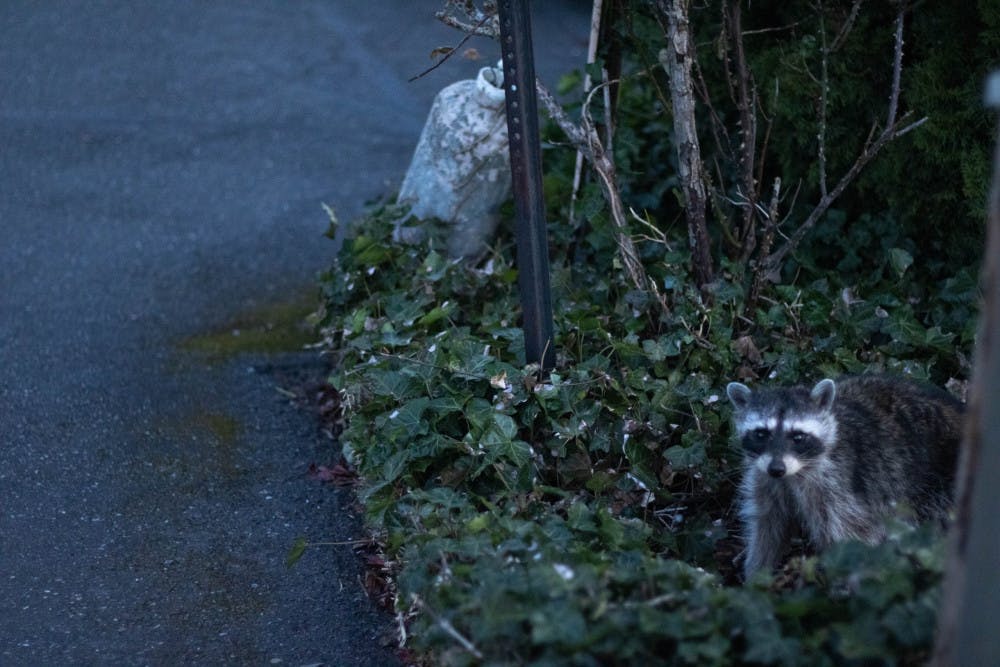With most public spaces closed due to COVID-19, wild animals have once again filled those spaces

Since March, most people around the world have retreated inside to help flatten the curve of COVID-19. With public outdoor spaces now mostly free of humans, wildlife have been inhabiting those spaces once again.
There’s evidence of this phenomenon all around the world. In March, a wild herd of mountain goats were spotted “taking over” the streets of Llandudno, Wales. Buffaloes were photographed walking along empty highways in April in New Delhi, India. According to their Twitter page, Kruger National Park in South Africa has seen normally reclusive lions sunbathing on a tar road in the park.
While Western doesn’t have animals as exotic as lions and buffaloes, wildlife activity has still increased, according to Heidi Zeretzke, Western’s head gardener. Zeretzke said her team has seen more raccoons, rabbits, a couple of coyotes, evidence of prey kills and more deer and their fawns — as late spring is when deer give birth.
With 15,170 students no longer attending face-to-face classes, campus has been empty enough for wild animals to appear more.
Since students are still living on campus, they can see these wild animals firsthand. Kamryn Bevelhimer, a first-year creative writing major, continued living on campus when it shut down due to COVID-19. They’ve seen “a lot more wildlife than usual”.
“I’ve seen raccoons all over the Birnam Wood area just doing as they please,” Bevelhimer said. “I know Western is known for raccoons, but they get into fights right outside my window, they follow me when I’m walking around outside. Sometimes I see them poking around during the day.”
Bevelhimer also noted that a mother deer gave birth to two fawns and they regularly see the trio grazing around the Birnam Wood apartments.
As humans find ways to spend their time in isolation, the warm weather has been drawing people outside for activities and projects. Alysha Evans, manager at Whatcom Humane Society’s Wildlife Rehabilitation Center, said subsequent calls about help for wild animals are becoming more frequent.
“Since [the stay-at-home order] started we’ve seen a 30% increase in patients needing our help,” Evans said. “The leading causes have been home renovations, gardening, tree removal and cat attacks. From what we have gathered with patient intakes, wildlife have moved into all of their original spaces.”
If you happen to come in contact with a wild animal, remember to treat the animal with respect and stay safe. Evans suggested maintaining your distance from wild animals.
“For admiring wildlife, the best thing to do is just that, admire it,” Evans said. “Give it lots of space, don’t crowd it, don’t try to get that selfie and don’t try to feed it. People can take pictures, sit quietly and watch, listen to bird calls and encourage wildlife foraging by planting natural foods that are part of their diet.”
If you see a wild animal that you think needs help, you can visit Whatcom Humane Society's wildlife page for information or call them at 360-966-8845.





